Recently, we have seen a few queries about PID use in Li-ion battery manufacture and the response factor compound mixture formula. I thought this would be a good place to discuss an opportunity that we had which covers these topics.
They wanted to use PID to measure the levels of certain compounds inside their ducting. They wanted a solution that would allow them to perform periodic inspections of their ducting. For this reason, we suggested that Tiger would be a good fit. The flow inside the ducting was too high so we began by advising them how a 200ml/min flow restrictor could be installed to prepare the sample ready for Tiger detection.
We then discussed the mixture of compounds that they would want to detect. They were interested in detecting Dimethyl Carbonate (66.67%), Ethyl Methyl Carbonate (19.18%), Propylene Carbonate (1.37%), Ethylene Carbonate (6.85%), Lithium Hexafluorophosphate (4.83%), Vinylene Carbonate (0.83%), Lithium Difluorophosphate (0.17%) and Lithium Difluoro Oxalate Borate (0.10%). They want to know how responsive the Tiger would be if they had a battery leak. The Lithium compounds in the list are not volatile so they cannot be detected by PID technology.
Ion Science had previously done testing of the common compounds involved in Li-ion battery production. This testing had incorporated all the compounds which the customer was interested in. The Response Factors (RFs) from this testing are below. The first value is 11.7 eV and the second is 10.6 eV.
Dimethyl Carbonate: 1.5, 60
Ethyl Methyl Carbonate: 1.2, 18
Diethyl Carbonate: 1.2, 7
Vinylene Carbonate: 1.7, 3.5
1,2-Butylene Carbonate: 3.8, 18
Propylene Carbonate: 2.6, 15
Ethylene Carbonate: ZR, ZR
Ethylene Carbonate has a zero response so would have no effect on the overall responsivity of the Tiger. The percentages will need to be recalculated to remove Ethylene Carbonate and the Lithium compounds.
100 – 6.85 – 4.83 – 0.17 – 0.10 = 88.05%
Dimethyl Carbonate: 66.67/88.05 = 0.7572 = 75.72%
Ethyl Methyl Carbonate: 19.18/88.05 = 0.2178 = 21.78%
Propylene Carbonate: 1.37/88.05 = 0.0156 = 1.56%
Vinylene Carbonate: 0.83/88.05 = 0.0094= 0.94%
Using the fractions and RFs we can now calculate the responsivity of Tiger to this mixture. The formula for this is as follows,
RF(Mixture) = 1/ ((X1/RF1) + (X2/RF2) + (X3/RF3) + … + (Xn/RFn))
Where n is the number of gases in the mixture, X is the molar fraction and RF is the response factor. The RF of the mixture for the 11.7 eV lamp is,
11.7 RF(Mixture) = 1/((0.7572/1.5) + (0.2178/1.2) + (0.0156/2.6) + (0.0094/1.7))
= 1/(0.5048+0.1815+0.0060+0.0055)
= 1/0.6978 = 1.43
The 10.6 eV RF is,
10.6 RF(Mixture) = 1/((0.7572/60) + (0.2178/18) + (0.0156/15) + (0.0094/3.5))
= 1/(0.0126+0.0121+0.00104+0.00269)
= 1/0.02843 = 35.17
The 10.6 eV response factor is quite high so we advised them this lamp would be best if they just wanted Tiger for leak detection. If they want to accurately measurement the compounds, then we would suggest that they go for the 11.7 eV lamp.
If you have any questions, please feel free to ask and I will be more than happy to help. Furthermore, if you have an interesting sale opportunity like this one, we would love to hear about it.







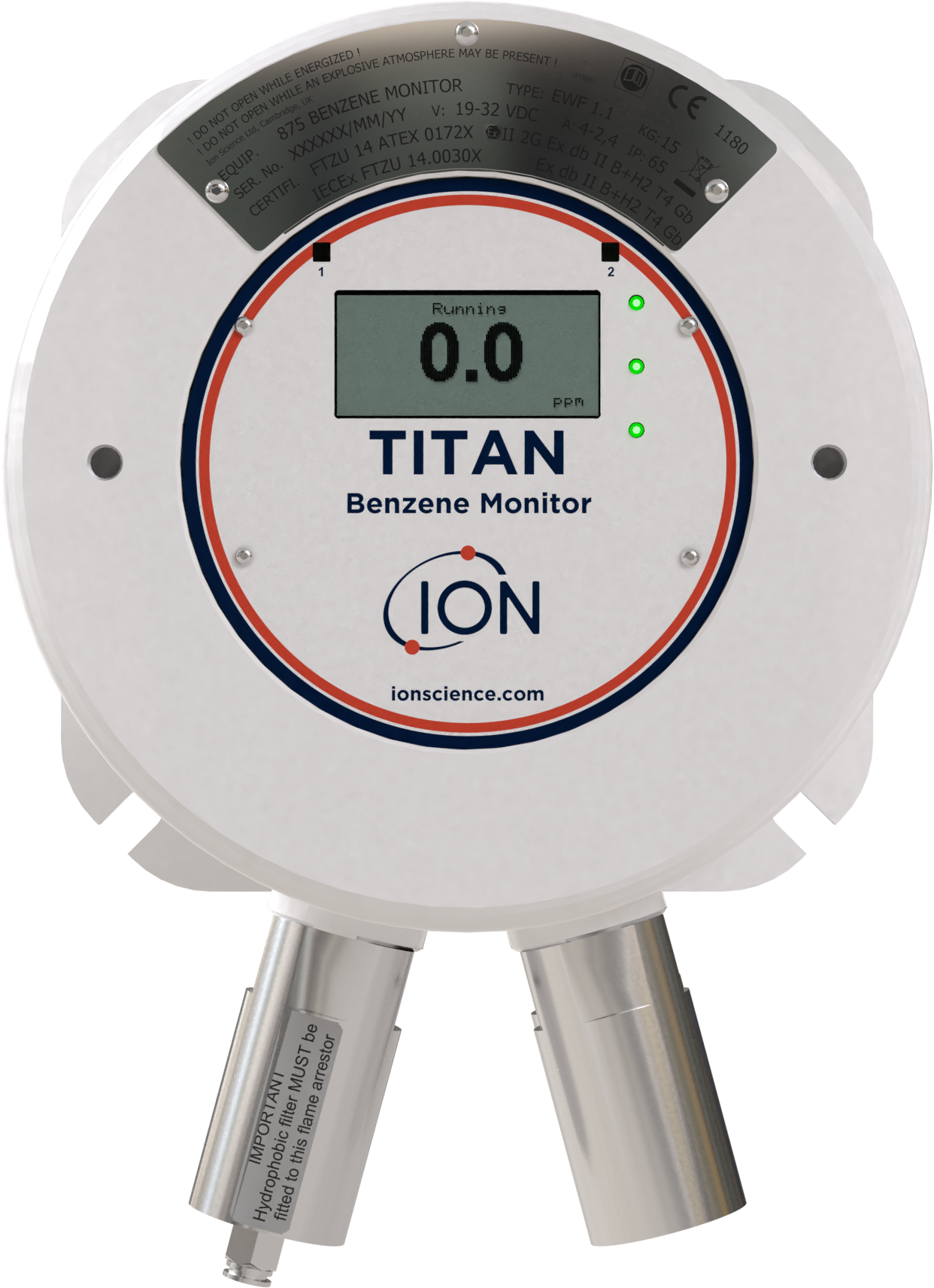
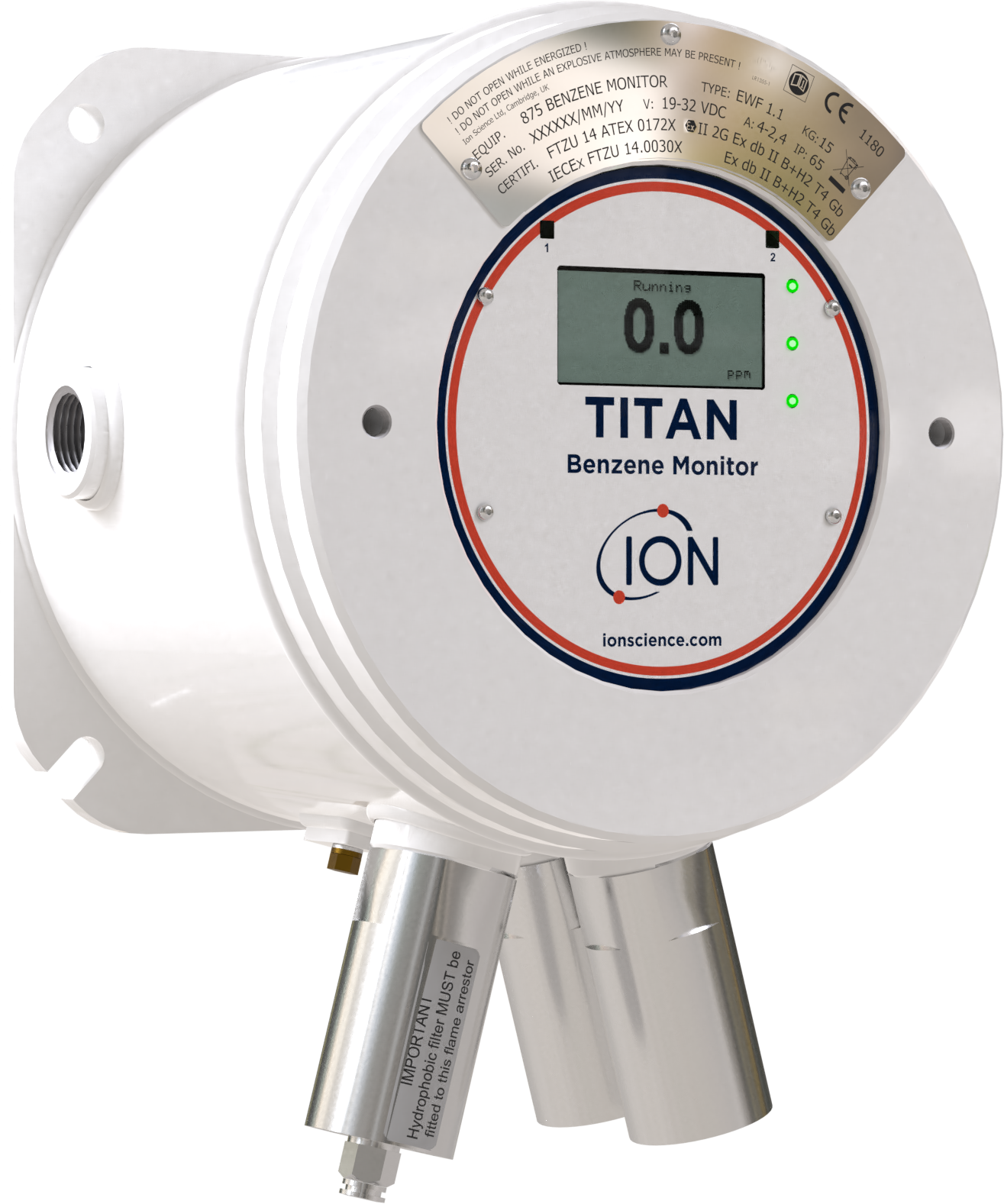
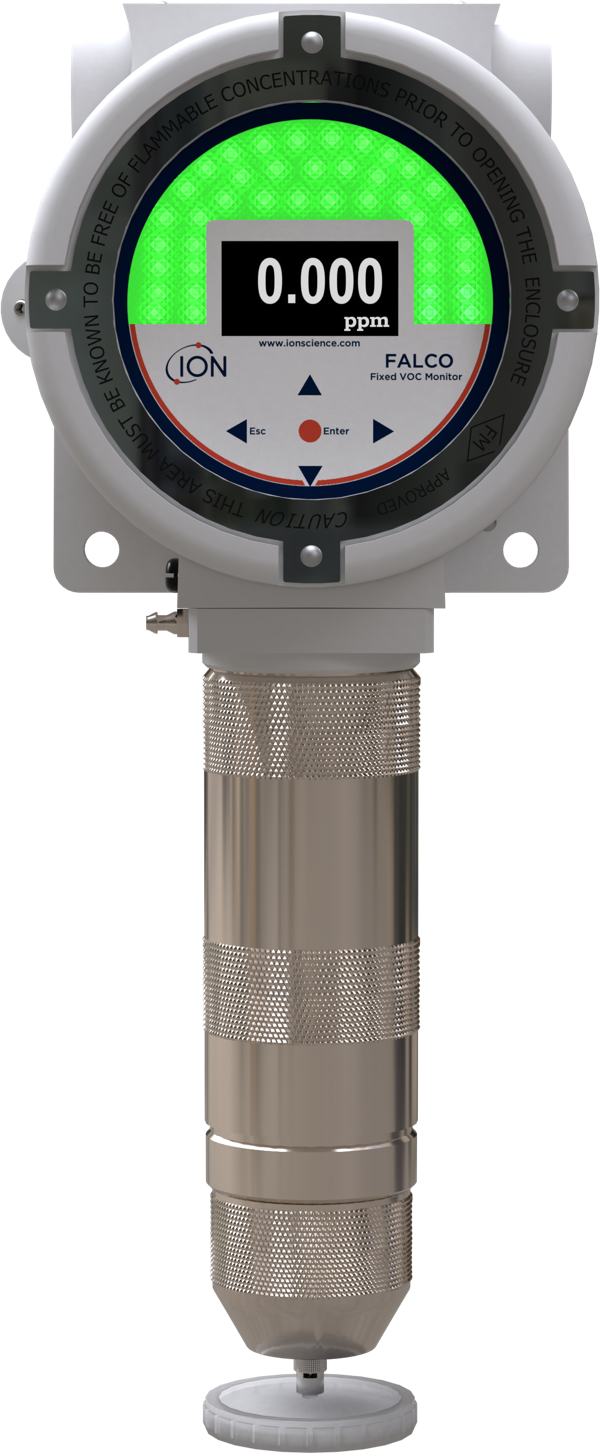

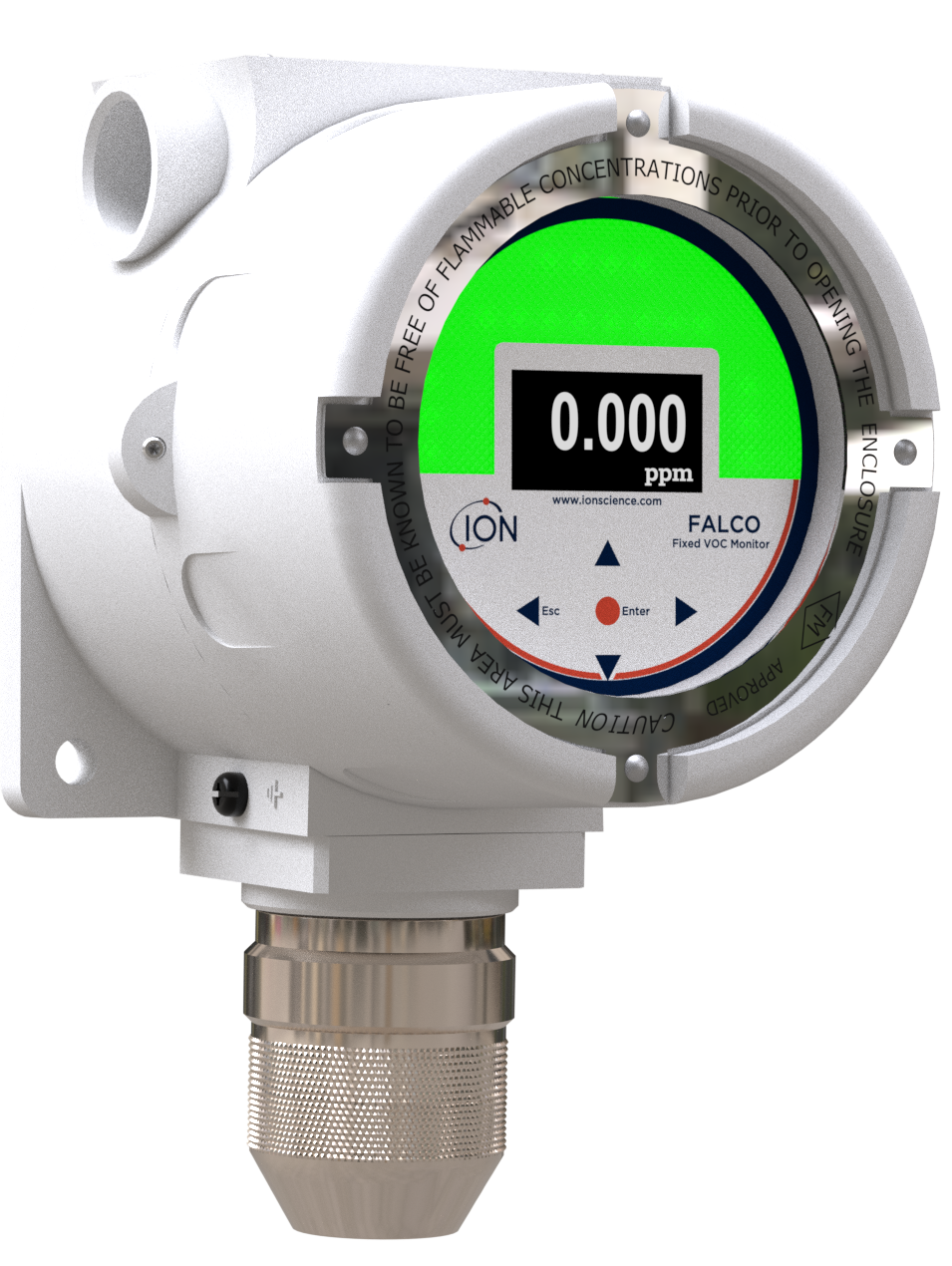

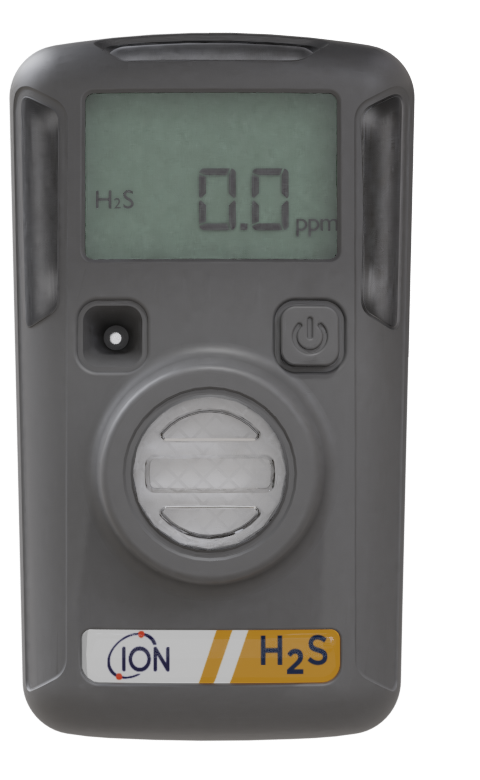
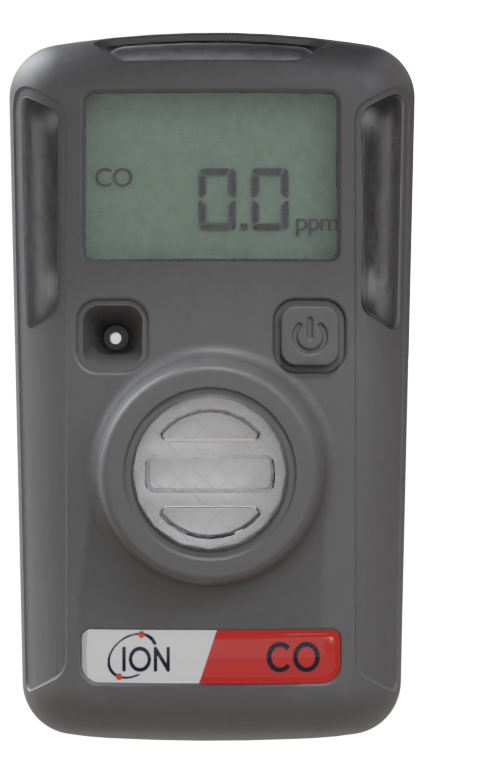

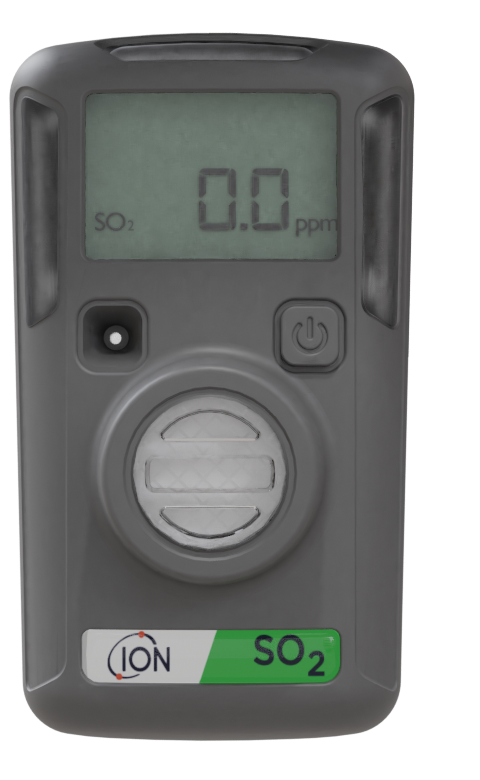

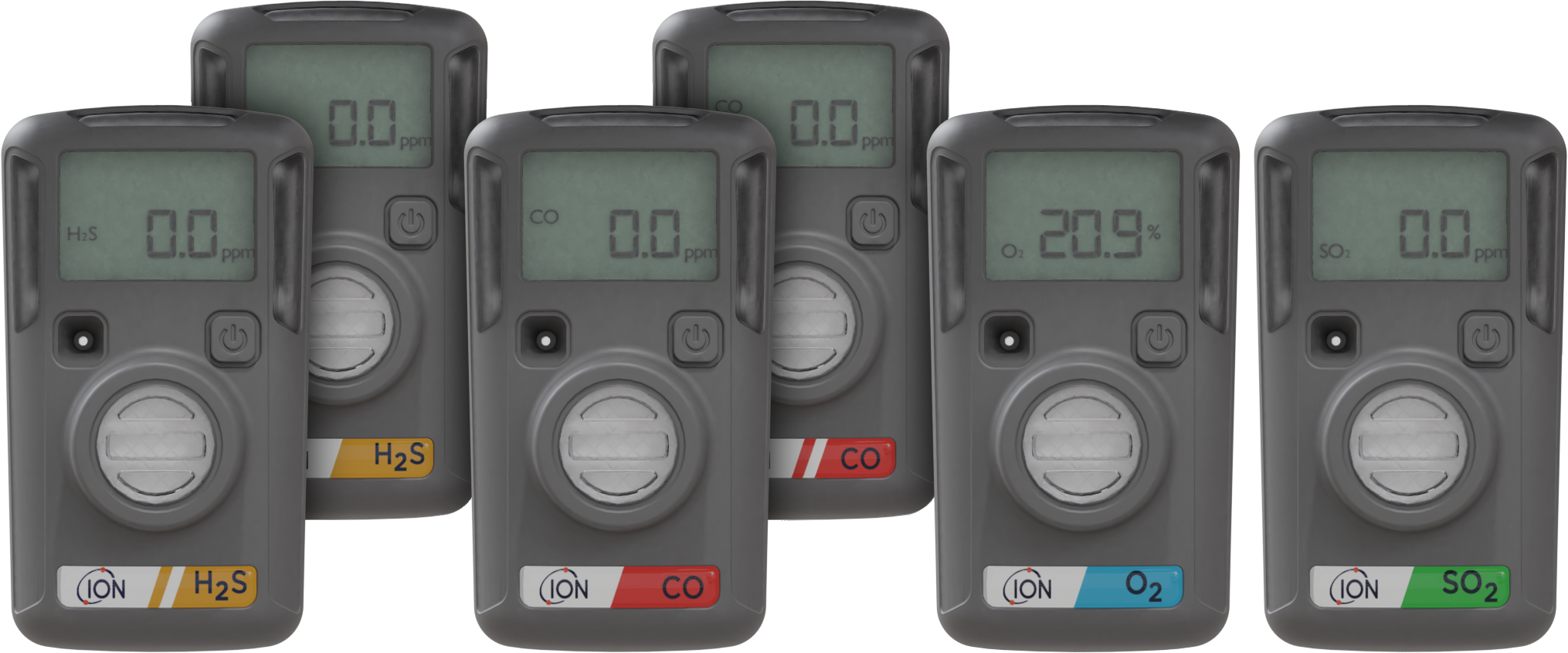



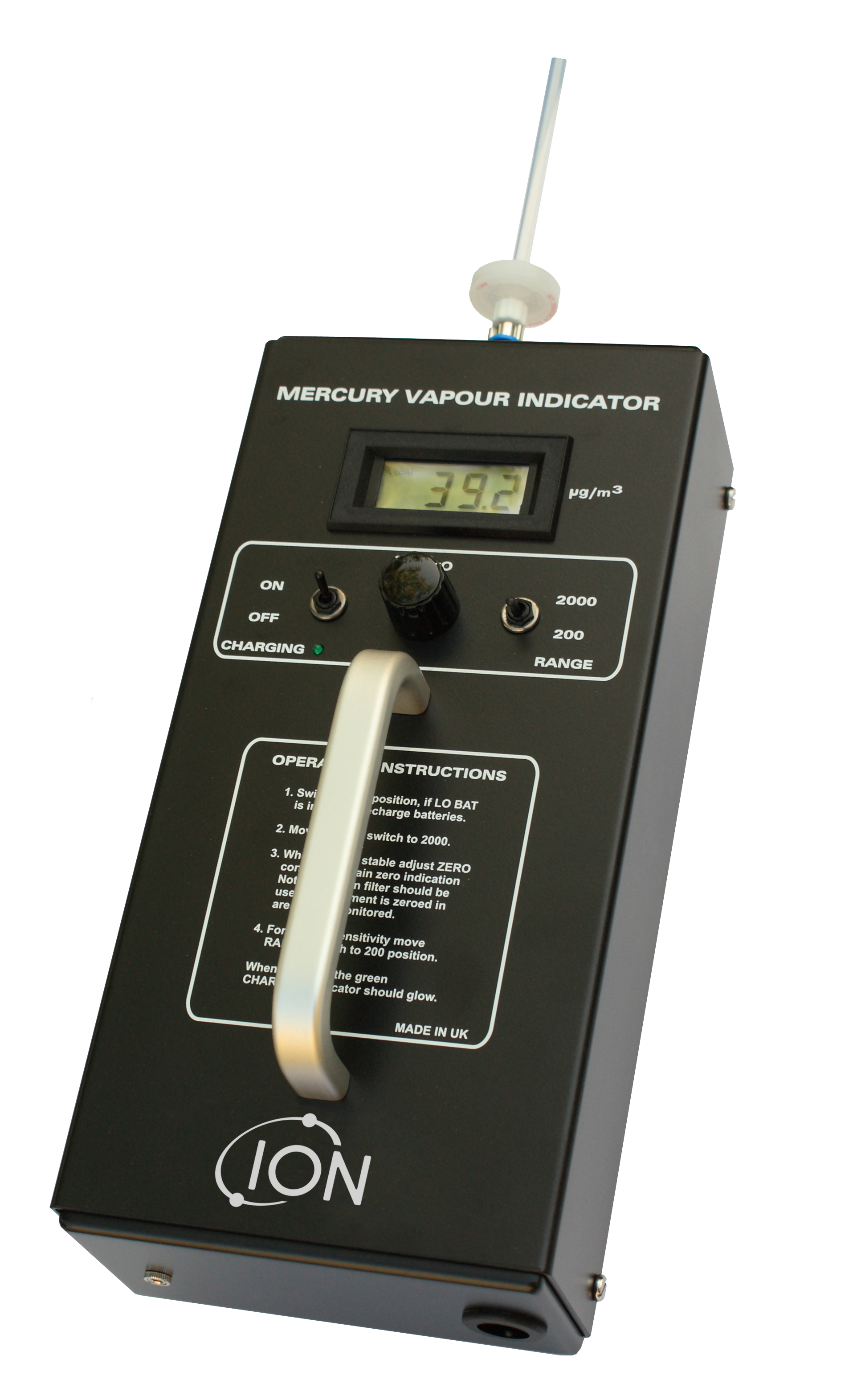
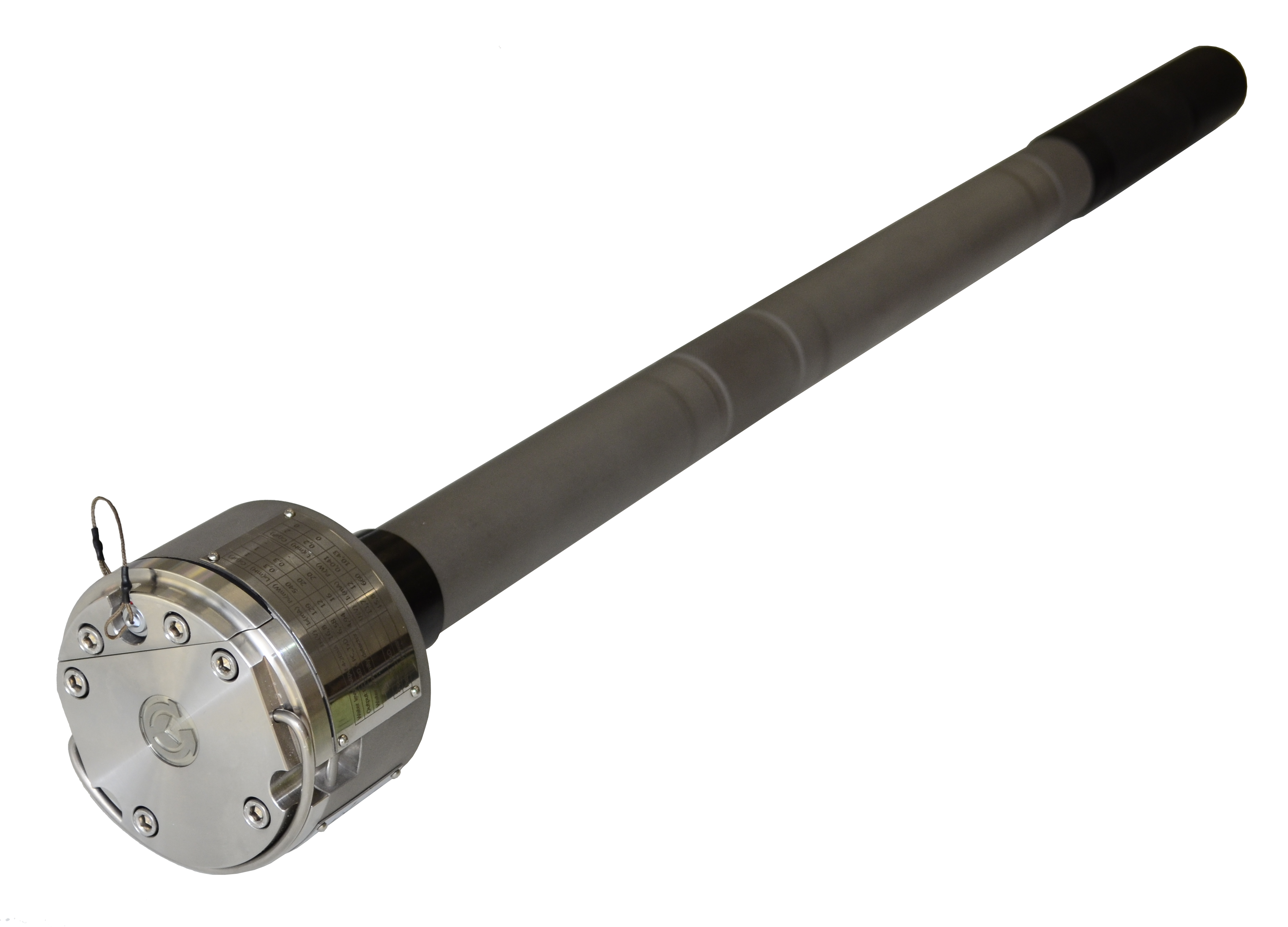






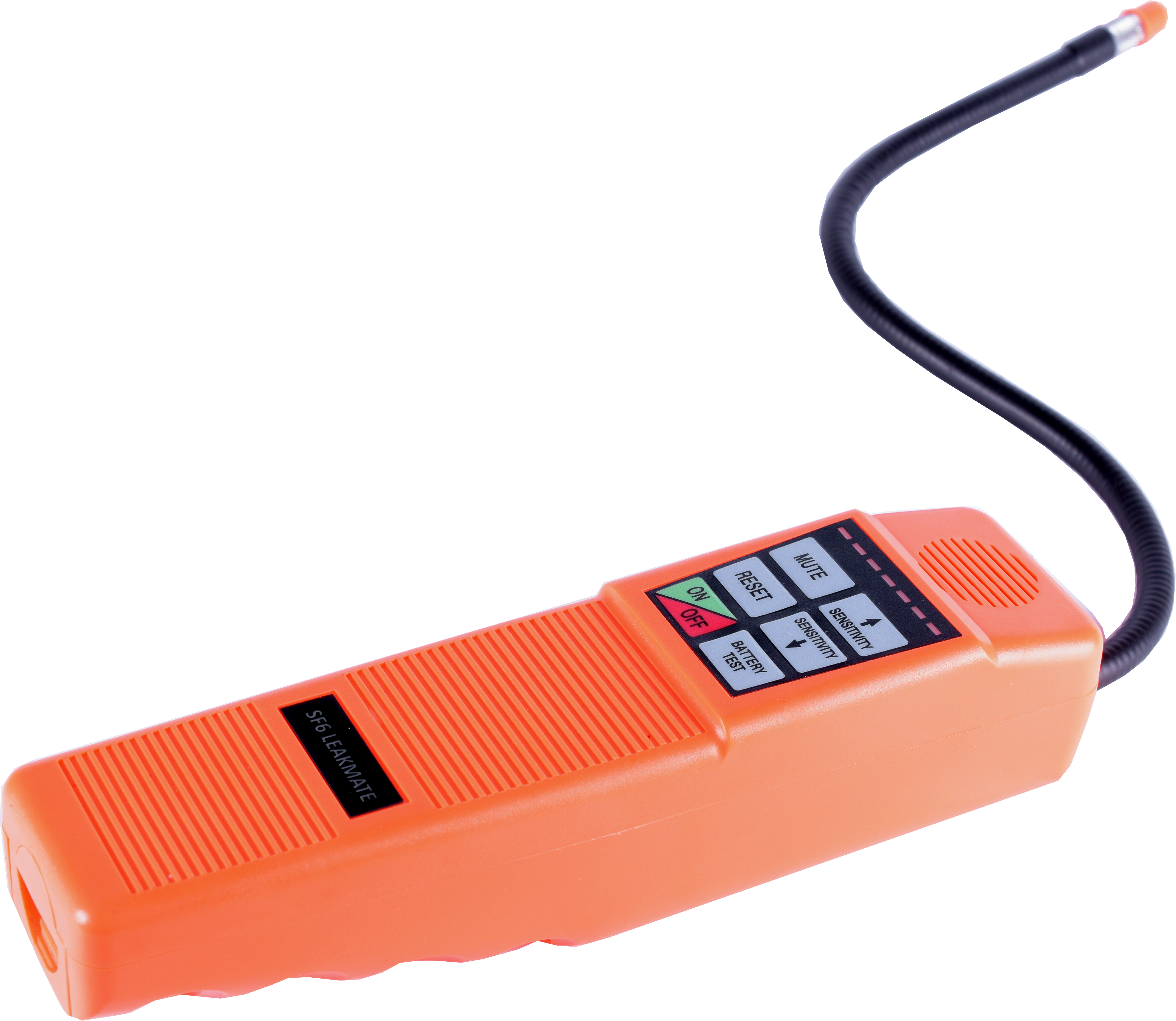
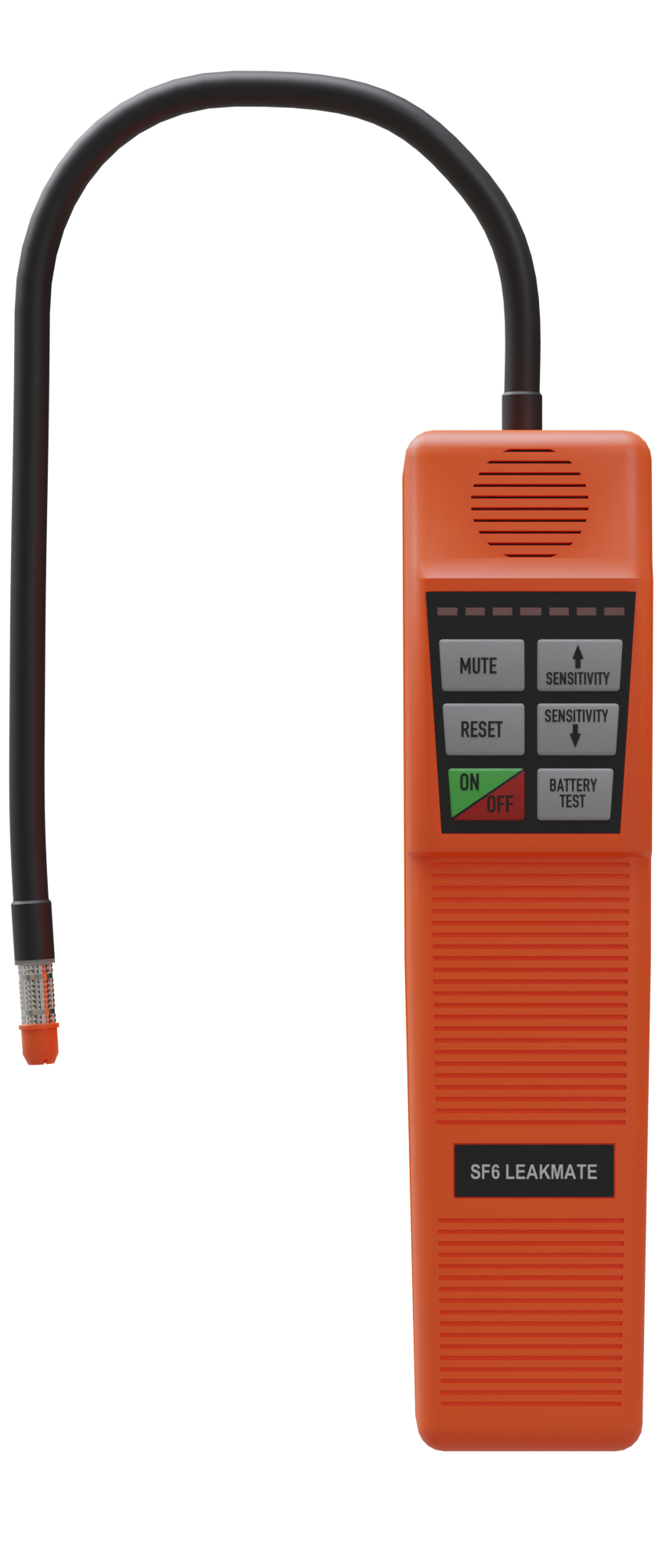









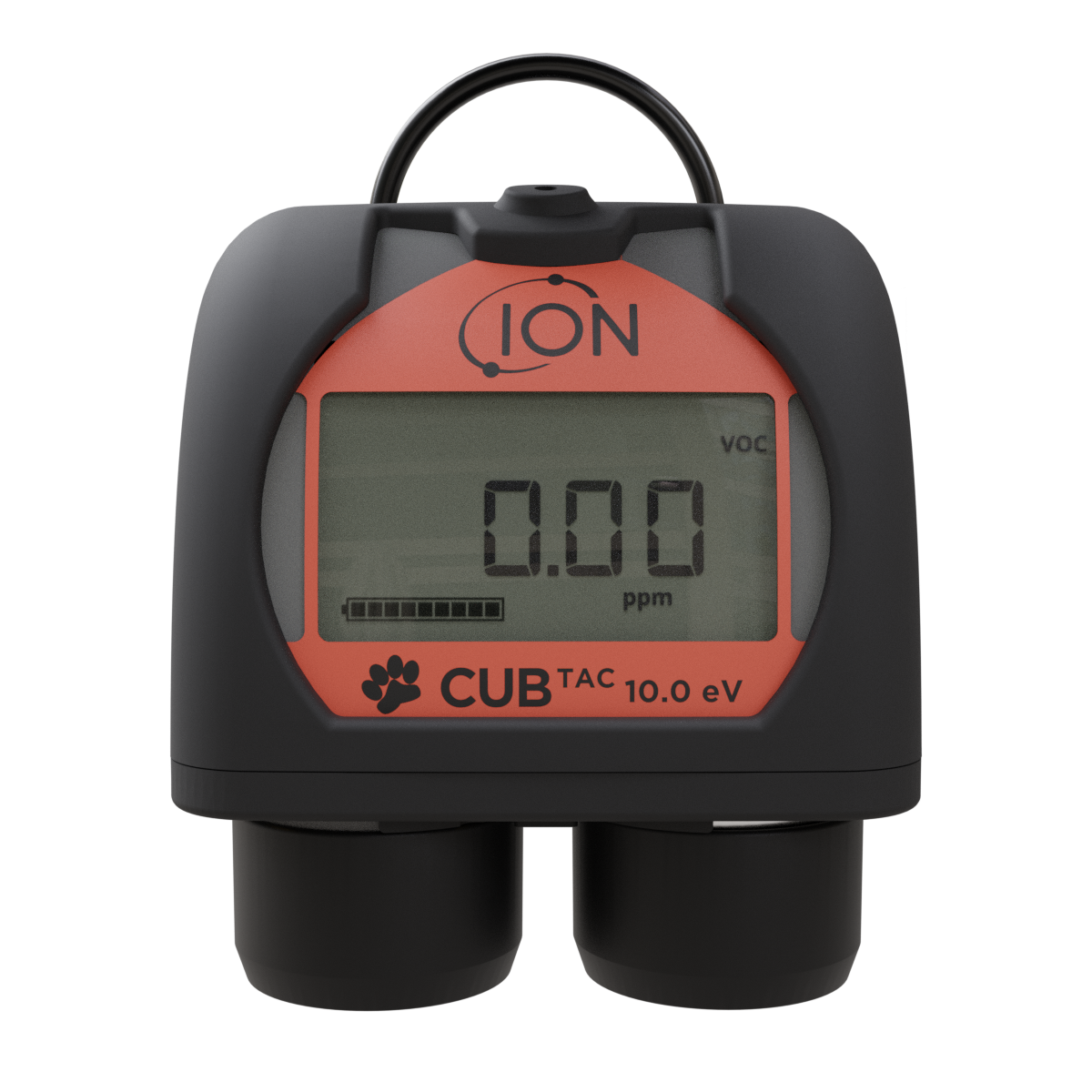

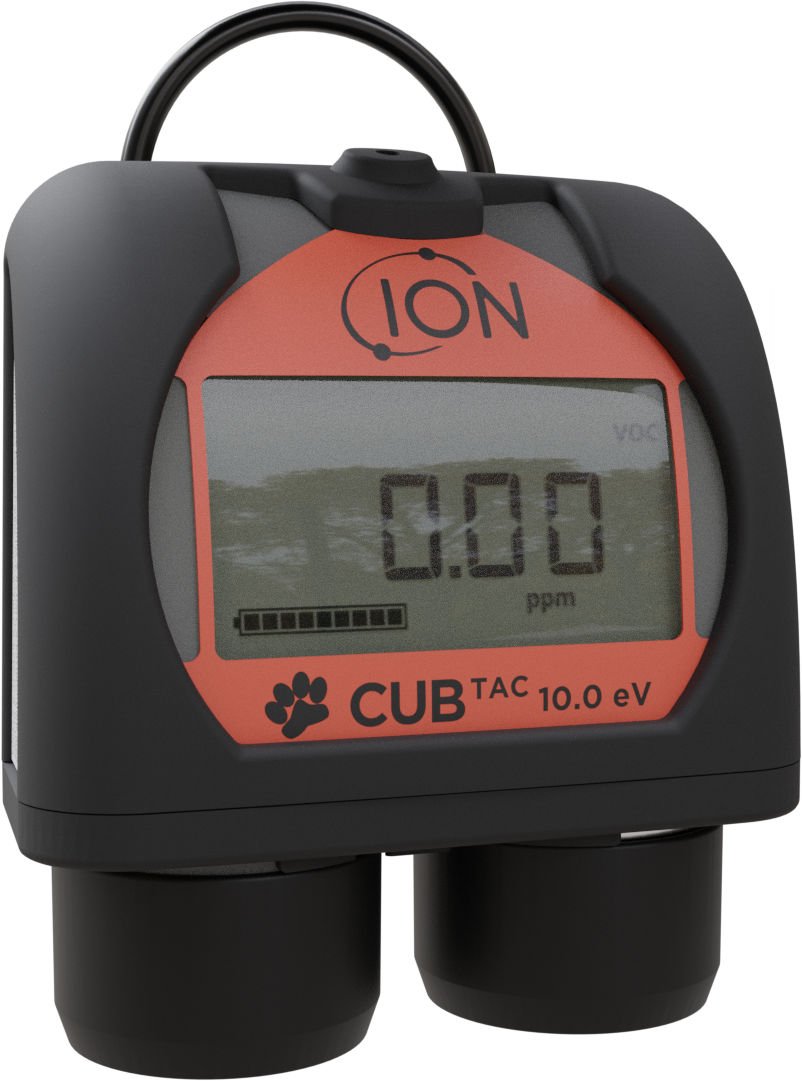









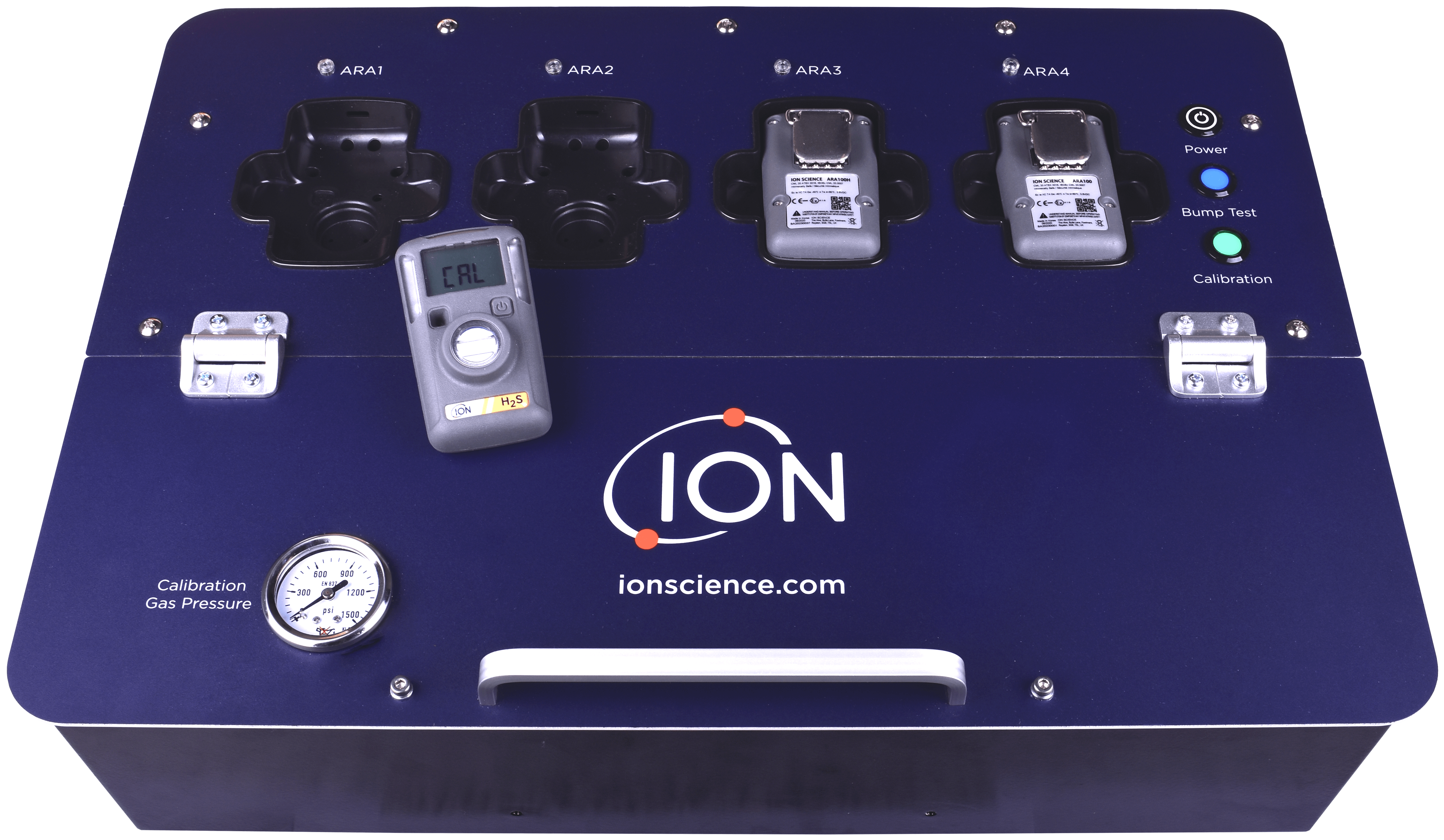




Leave A Comment
You must be logged in to post a comment.